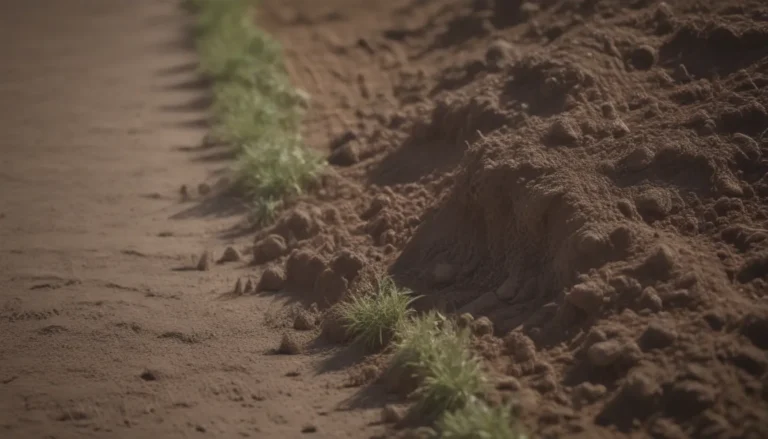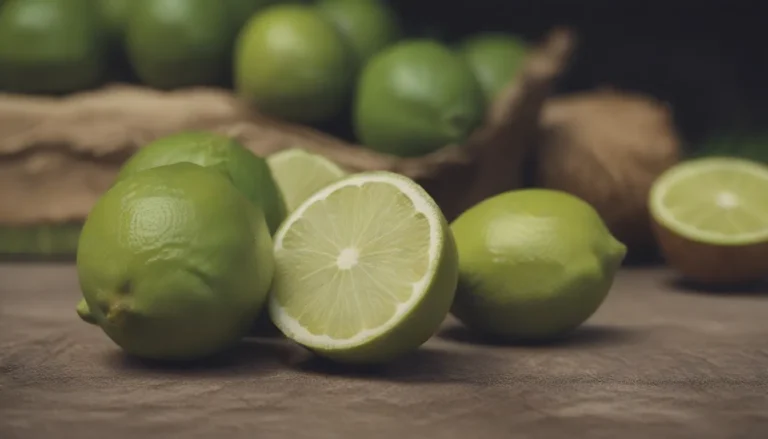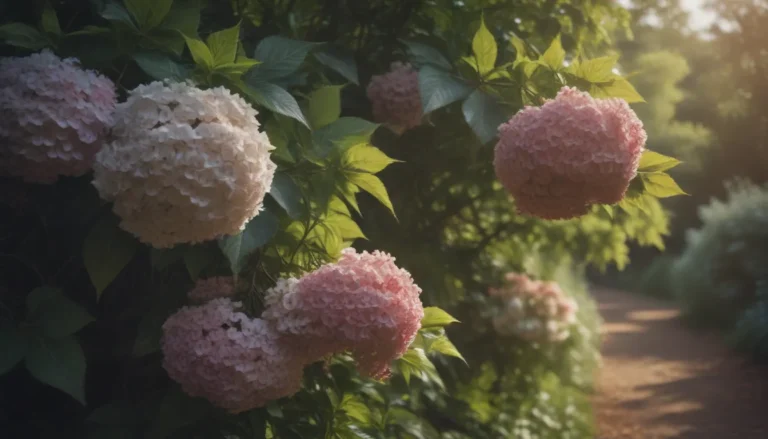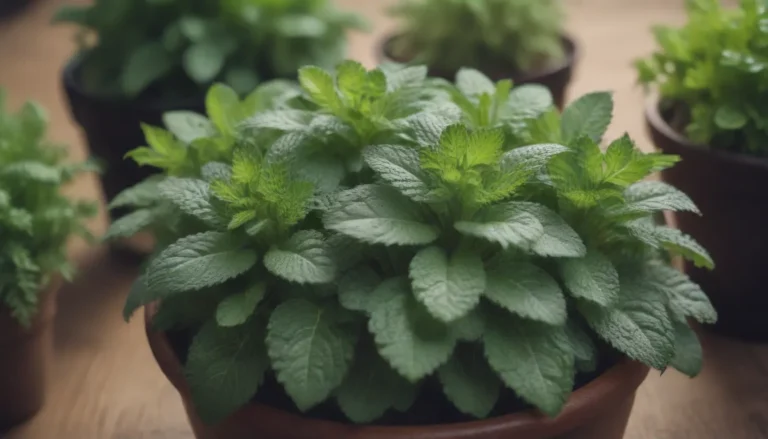11 Deer-Resistant Flower Bulbs for Your Garden
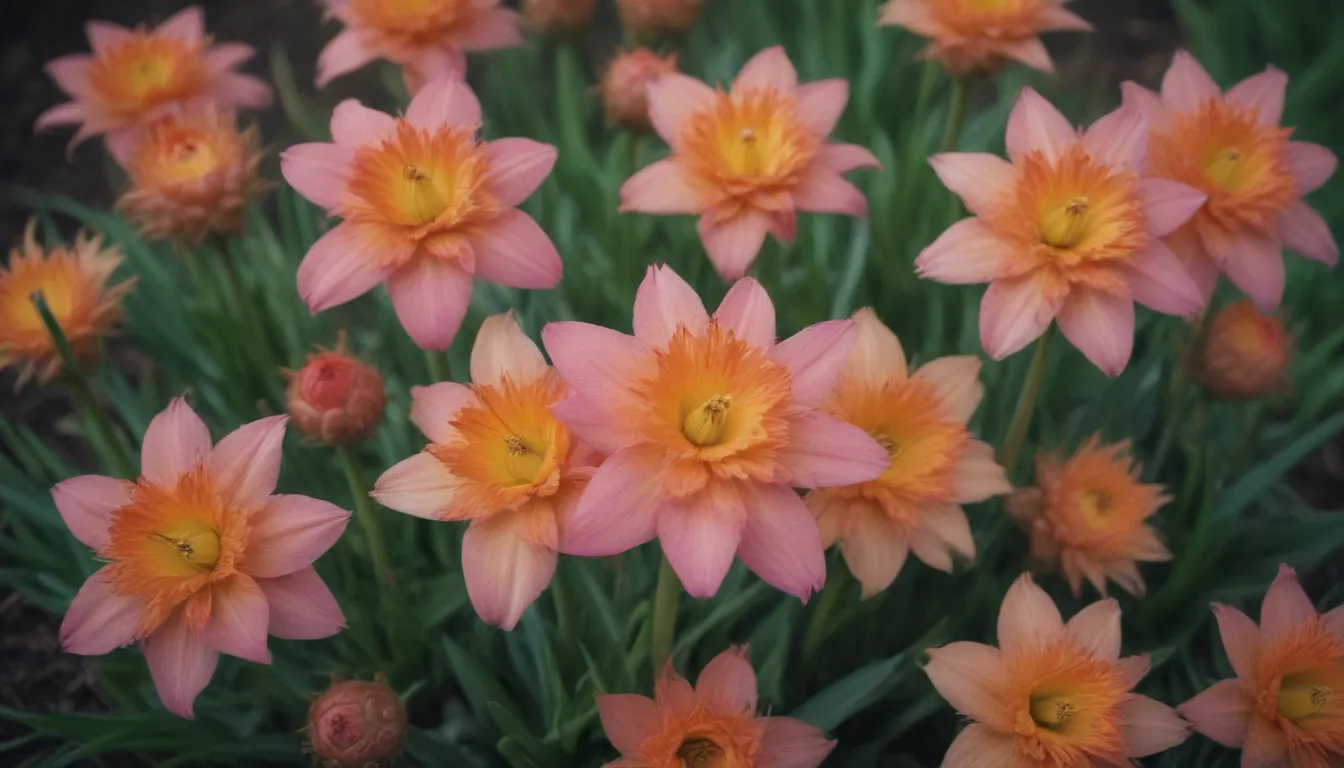
If you’re an avid gardener, you may have experienced the frustration of deer munching on your prized plants. Deer can be quite stubborn when it comes to their dining preferences, and their voracious appetites can wreak havoc on your garden. However, there is hope! By choosing the right bulbs for your garden, you can create a beautiful landscape that deer are less likely to nibble on.
Deer-Resistant Bulbs: Fact or Fiction?
While it’s important to note that no plant is completely deer-proof, there are certain bulbs that deer tend to avoid. These bulbs are known as “deer-resistant,” meaning that deer will typically leave them alone unless they are in dire need of food. It’s essential to understand that deer will eat almost anything when food is scarce, so it’s always best to consider additional protective measures for your garden.
Why Choose Deer-Resistant Bulbs?
Deer-resistant bulbs offer several advantages for your garden:
- Low maintenance: Deer-resistant bulbs are less likely to be damaged by hungry deer, reducing the need for protective measures like fencing.
- Beautiful blooms: These bulbs produce stunning flowers that can enhance the visual appeal of your garden.
- Safe for pets: Some deer-resistant plants are toxic to animals, so it’s crucial to choose bulbs that are safe for your furry friends.
11 Deer-Resistant Flower Bulbs for Your Garden
Let’s explore 11 deer-resistant flower bulbs that can add beauty and harmony to your outdoor space:
Hyacinth (Hyacinthus orientalis)
- USDA Growing Zones:
- Color Varieties:
- Sun Exposure:
- Soil Needs:
Hyacinths are among the very few bulbs that can be considered deer-proof. The bulbs are toxic to deer, squirrels, and other bulb-eating animals, making them an excellent choice for deer-prone areas. Additionally, the strong fragrance of hyacinths acts as a natural deterrent for deer.
Daffodils (Narcissus spp.)
- USDA Growing Zones:
- Color Varieties:
- Sun Exposure:
- Soil Needs:
Daffodils are another deer-resistant bulb that boasts a wide range of colors and varieties. These beautiful flowers are toxic to deer, making them a safe choice for your garden. Daffodils bloom in early spring and can be an excellent addition to formal garden beds or naturalized settings.
Snowdrops (Galanthus nivalis)
- USDA Growing Zones:
- Color Varieties:
- Sun Exposure:
- Soil Needs:
Snowdrops are one of the first plants to emerge in late winter or early spring, even before the snow has fully melted. These tiny flowers are toxic to animals, including deer, making them a reliable choice for deer-resistant gardens. Snowdrops can gradually spread and create large white drifts over time.
Glory-of-the-Snow (Chionodoxa spp.)
- USDA Growing Zones:
- Color Varieties:
- Sun Exposure:
- Soil Needs:
Glory-of-the-Snow is an early-blooming bulb that deer tend to ignore. With its delicate flowers in shades of white, pink, and blue, this plant can add a pop of color to your garden. Planting glory-of-the-snow in mass displays can enhance its visual impact.
Crocus (Crocus spp.)
- USDA Growing Zones:
- Color Varieties:
- Sun Exposure:
- Soil Needs:
Crocus bulbs are well-known for their early spring blooms, which can brighten up your garden after the winter months. While not entirely deer-proof, crocuses are typically left alone by deer unless food is scarce. To protect crocuses from deer and rodents, consider using wire netting until the blooms fade.
Siberian Squill (Scilla siberica)
- USDA Growing Zones:
- Color Varieties:
- Sun Exposure:
- Soil Needs:
Siberian squill is a favorite among gardeners for its vibrant blue flowers that bloom in early spring. This bulbous plant is generally resistant to deer, making it a valuable addition to deer-prone areas. Siberian squill ‘Spring Beauty’ is a robust cultivar that produces multiple blooms on each stalk.
Grape Hyacinth (Muscari armeniacum)
- USDA Growing Zones:
- Color Varieties:
- Sun Exposure:
- Soil Needs:
Grape hyacinths are distinct from true hyacinths and feature bell-shaped flowers in clusters that resemble grapes. These early spring bloomers are typically left alone by deer and can be planted in masses to create colorful drifts in your garden.
Allium (Allium spp.)
- USDA Growing Zones:
- Color Varieties:
- Sun Exposure:
- Soil Needs:
Alliums come in various sizes and colors, blooming after spring bulbs from late spring to mid-summer. Deer tend to avoid alliums due to their strong flavor and smell, making them a suitable choice for deer-resistant gardens. However, it’s essential to note that alliums can be toxic to pets if ingested.
Fritillaria (Fritillaria imperialis)
- USDA Growing Zones:
- Color Varieties:
- Sun Exposure:
- Soil Needs:
Fritillaria imperialis, also known as “crown imperial,” is a striking bulb that is resistant to deer. With its bold appearance and bell-shaped flowers, this mid-spring bloomer can enhance the beauty of your garden. Planting fritillaria in combination with daffodils and grape hyacinths can create a visually appealing display.
Lily-of-the-Valley (Convallaria majalis)
- USDA Growing Zones:
- Color Varieties:
- Sun Exposure:
- Soil Needs:
Lily-of-the-valley is a fragrant and invasive plant that deer tend to avoid. While it is toxic and considered invasive in some regions, lily-of-the-valley can be a valuable addition to deer-resistant gardens. This plant blooms in April and thrives in shady areas where a fast-spreading ground cover is desired.
Netted Iris, Reticulated Iris (Iris reticulata)
- USDA Growing Zones:
- Color Varieties:
- Sun Exposure:
- Soil Needs:
Netted iris, also known as reticulated iris, features purple flowers with yellow and white accents in early spring. While this dwarf iris lacks the traditional iris aroma, it can still add a touch of color to your garden. Plant netted iris in sunny areas in mass displays for maximum visual impact.
Conclusion
Choosing deer-resistant flower bulbs for your garden can help protect your plants from hungry deer while adding beauty and color to your outdoor space. By selecting bulbs that deer tend to avoid and following proper planting and care instructions, you can create a stunning garden that thrives even in deer-prone areas. Remember to consider the specific growing requirements of each bulb to ensure optimal growth and bloom. Happy gardening!

